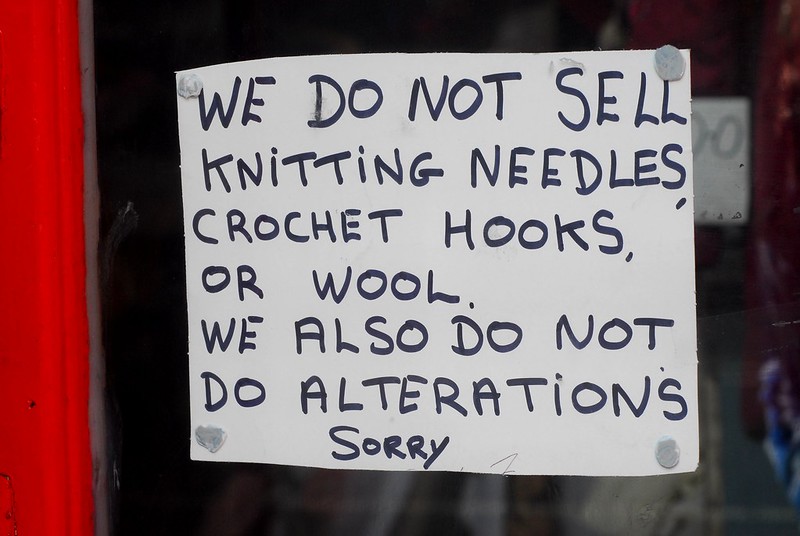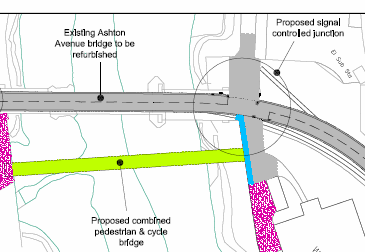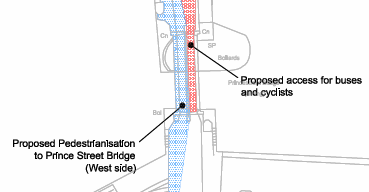Media Friendly
In which we compare and contrast two recent and similar deaths
This is a local news story. Which is to say: local readers will have heard most of the details of it before. Or, rather, it’s two local news stories together. People further afield may well have heard of one of them.
A couple of weeks ago, close together, two young people were killed in the Bristol area, in hit-and-run road accidents.
On April 28th, a 15 year old called Troy Atkinson was hit by a black Mercedes on Penn St, in the city centre. He died the following day, of his injuries. It featured in the local news, the police released the car’s registration and asked for witnesses to come forward; and then the news went quiet.
Three days later, an 11 year old called Sam Riddell was hit by a car in a North Bristol suburb. The driver fled the scene, leaving the car behind. It featured in the local news, and the police asked for witnesses to come forward.
There, though, the story changes. Sam Riddell’s story stayed in the news. The police revealed that the car’s owner matched the description of the driver, and that she had not come forward. More details came out about Sam Riddell’s happy family life, and newspapers started to publish photos of the car’s owner, presumably as her friends* and acquaintances realised there was cash to be made. The story slowly made its way from the local news to the national news, and came to a head when the alleged car-owner and driver was found, apparently hiding in a shed in Pensford. She was promptly charged, and is currently on remand awaiting trial.
I don’t know how far the police are getting in their investigation of Troy Atkinson’s death, because the press has been rather quiet about it. The police got as far as arresting someone, but whether he was charged or not I can’t seem to find out. And, apart from the manhunt aspect of the Sam Riddell case, there’s one rather obvious difference to the two cases. Sam Riddell was from Westbury-on-Trym; Troy Atkinson was from Hartcliffe.
Sam Riddell was brought up in a nice, middle-class suburb by nice, middle-class parents, who have made very sure that the story has stayed in the news. We’ve been given stories about what a nice boy he was, how he had lots of friends, played football, went to church regularly and had a happy life because of his firm faith in Jesus. I have no idea what Troy Atkinson’s upbringing was like, but, well, it was in Hartcliffe. Hartcliffe, if you’re not local, is a large 1950s estate, one of the most deprived areas in the south of England.** It’s a fair bet that Troy Atkinson didn’t go to church very often. It’s also a fair bet that his family isn’t very well off, because his friends organised a memorial march to help pay for his funeral. The Bristol Evening Post‘s response to the march was to print accusations that the mourners had carried out shoplifting attacks en route.
Maybe the news stories about Sam Riddell will disappear too now that the alleged car-driver is imprisoned. I suspect, though, that they will pop back up again as her trial date approaches, and then again in a few years when she’s released. If the driver who killed Troy Atkinson gets imprisoned, will it even rate a mention? This story, as much as any, shows how much your background matters. If you come from the right background, if you have an idea how to work the media and write a good press-release, you can keep your story in the news for almost as long as you like. If you don’t come from the right background, your story will sink without a trace.
* Or, former friends, I assume, given that they’ve now sold photos of her to the press.
** I can’t be bothered to check the statistics because that would involve getting up and going through to the living room; but I do recall that statistically Hartcliffe isn’t quite as bad as neighbouring Knowle West, which comes out as one of the worst places in England on several measures of social deprivation.

 Home
Home


